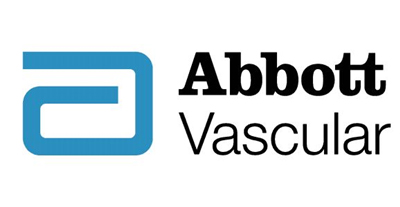The main goal of this Multidisciplinary School is to support clinicians to develop specific competencies in order to deal with and manage critical limb ischemia and diabetic foot disorders, to reinforce specific skills for selecting and applying appropriate revascularization techniques in critical limb ischemia treatment, tailoring the intervention according to lesion type and revascularization targets.
The increased knowledge of the clinical manifestations and pathophysiology of these diseases together with the specific interventional approaches will enable the learner to prevent delayed and incorrect diagnosis by selecting the appropriate treatment approach and to adopt well-time and patient-tailored strategies.
In this course, we will propose in the first unit a decision flow chart for choosing the best revascularization strategy in diabetic patients with critical limb ischemia. In the second unit, we will summarize our experience in endovascular treatment of diabetic critical limb ischemia, focusing on the main technical challenges in treating below-the-knee vessels.
Table of videos
UNIT I : Critical Limb Ischemia in diabetic patients
Big & small vessels: the new scenario of PAD
Symptoms of PAD and interventional approach
DM & non-DM manifestations of PAD
Multidisciplinary approach in diabetic foot
Diabetic foot triage
Angioplasty first strategy
Rutherford 4
Rutherford 5
Rutherford 6.1
Rutherford 6.2
UNIT II : Revascularization strategy and technique in diabetic critical limb ischemia
Chapter I
Radiological study and anatomical variations of BTK & FOOT vessels
Radiological study
Anatomical variability
Chapter II
Revascularization strategy and technique
Targets in CLI revascularization
Antegrade femoral approach
Step-by-step approach in CTOs crossing strategy
Endoluminal approach
Subintimal approach
Retrograde approach
Acute result optimization
Prevention of restenosis
Procedures
Angioplasty of anterior tibial artery and dorsalis pedis in a « desert foot »
Popliteal artery stenosis in patient with leg ulcer
DEB treatment of a focal popliteal lesion
DEB treatment of a focal popliteal lesion
Calcified SFA stenting in claudication
Popliteal artery angioplasy and posterior tibial recanalization
Multiple BTK recanalization in a challenging patient
Superfical femoral artery, Retrograde Recanalization
Unmet clinical needs in BTK (and new tools from the market)
0Rejoindre la discussion
Critical Limb Ischemia - Discussion
7Laissez nous un commentaire
Vidéos commentées
Course Directors
Contributeurs
Learning Points:
- Recognize the different obstructive patterns of atherosclerotic disease in diabetic and non-diabetic patients
- Evaluate the different interventional approach in claudication and in critical limb ischemia, applying the correct revascularization strategy and pursuing the correct vascular targets
- Learn the key-points and necessary steps to establish a multidisciplinary team and a diabetic foot clinic
- Distinguish different targets in percutaneous revascularization strategy
- Learn/Perform/Practice a variety of revascularization techniques to be applied in critical limb ischemia management
- Evaluate the problem of prevention of restenosis considering the studies on below-the-knee vessel stenting and how restenosis affects wound healing






